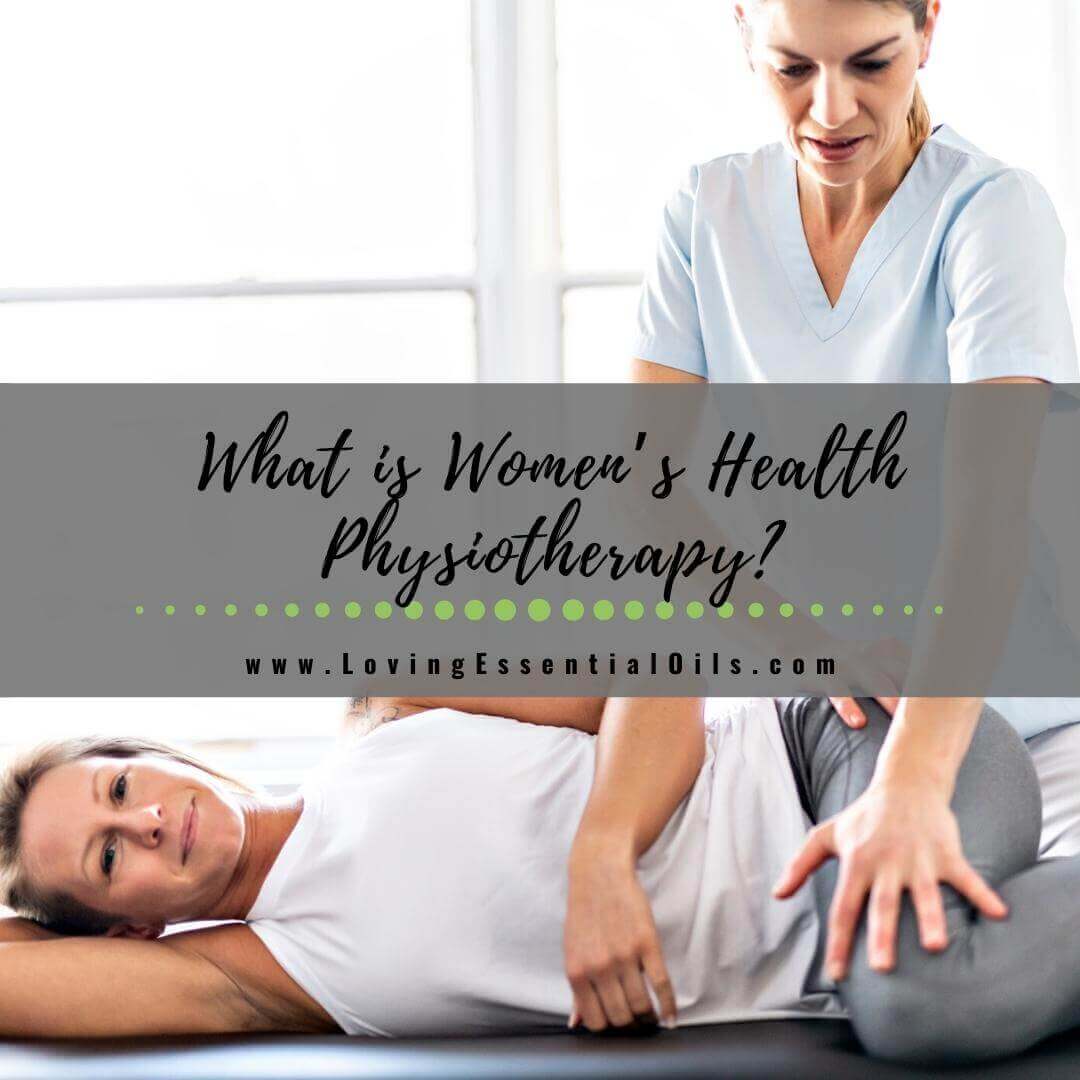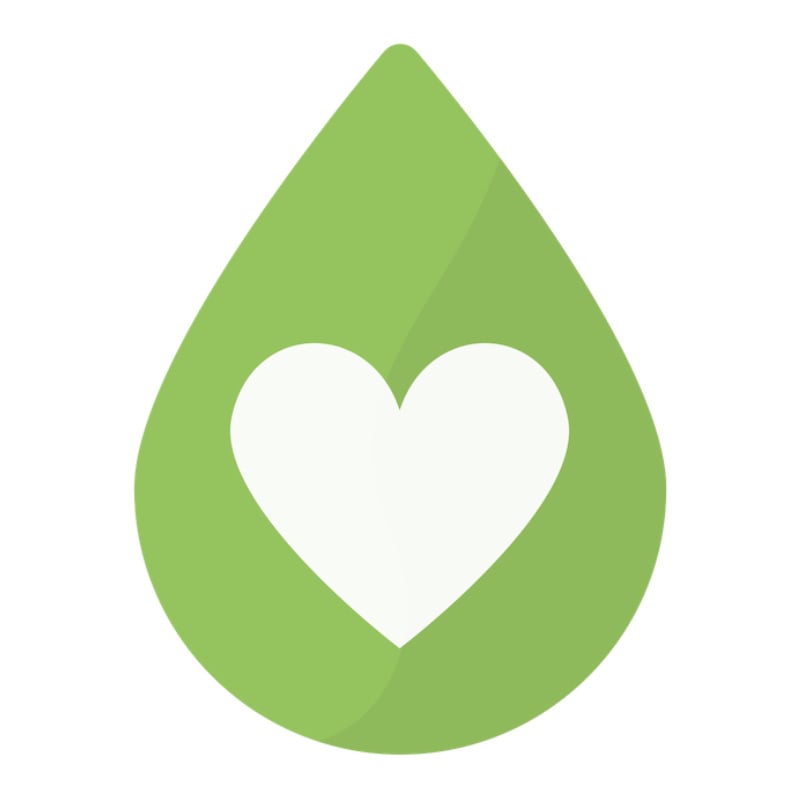A woman’s body is a wonder of nature, capable of bearing new lives, and with powerful self-healing and transformative capacities to regenerate monthly. However, the sensitivity typical to female anatomy sometimes makes women’s bodies vulnerable and prone to chronic pain and women-specific illnesses.
If you are experiencing these ailments, you may have never thought of looking into women’s health physio as a solution. But women’s physiotherapy can help you improve and overcome many of these pains that arise due to age, diseases of the female reproductive system, or other medical conditions that affect you as a woman and are not exclusively anatomy-related.
At Pro-Fit Physio, we run personalized discreet consultations and specialist treatment programs to alleviate most common symptoms of women’s health conditions, helping you get the maximum of your health capacity at any age.
How Physiotherapy Can Help with Women’s Health
Despite individual differences, women’s bodies have less muscle mass, more fat, and a peculiar hormonal constitution. These factors contribute to some diseases that are more common in women than in men. Lifestyle also matters. Therefore, if you find yourself diagnosed with one of these female associated illnesses, there are physiotherapy techniques that can help you heal them concretely and enhance your overall health.
- Osteoarthritis
- Osteoporosis
- Fibromyalgia
- Multiple sclerosis (MS)
- Post-menopausal heart disease
- Hypermobility syndrome
- Sacroiliac (SI) joint dysfunction
- Breast or other cancers
Women’s health physiotherapy techniques are specialized for treating critical periods in a woman’s lifetime, including pregnancy, menopause, and senior years, but can also target acute conditions.
Manual Treatments
Manual therapy helps patients soften tissues and joint stiffness, as well as improve their mobility by applying consistent hand motions and movements.
Muscle Retraining Therapy
To retrain muscles, physiotherapists concentrate on awareness about daily habits, including posture and movements. For example, what are the most frequent physical activities you unconsciously do that worsen your condition?
Exercise Physio for Women
With a targeted exercise program, you can regain some of your body’s lost strength and endurance, but also boost your joint and bone strength, overcoming the weakness that comes with age, hormonal disbalances, or from a debilitating chronic condition.
Physiotherapy Modalities
Physiotherapy equipment modalities like heat and ice therapy, shockwave therapy and hands-on massage solve unpleasant pain and swelling problems.
Visible Improvements from Women’s Health Physiotherapy
Needless to say, there is plenty to be done to care for your groin, hips, and pelvis area. It can become too stiff or too loose at times. However, there are visible improvements from physio targeting female medical conditions, a few of which are listed below:
- Strengthened pelvic floor
- Solved urinary incontinence
- Release and loosening of the connective tissue in the abdomen during pregnancy
- Restoring back intimate area health postnatally
Since not all women’s physio problems are necessarily related to the reproductive system, women can also benefit from standard physiotherapy treatments applicable to all patients.

Main Things in Women’s Health Treated by Physiotherapists
Together with regular post-surgical treatment or exercises for women’s athletes or ballet injuries, many of the physiotherapy treatments encompass a holistic approach, targeting both physical and mental wellbeing of female patients.
Premenstrual Syndrome (PMS)
PMS can be a nightmare. A physiotherapist can work with manual therapy to release tension, as well as provide advice for relaxation and self-care. Additionally, they can use kinesiotherapy and electro-stimulation to help you with migraines, headache and constipation.
Pregnancy Issues
Physical therapy during pregnancy can alleviate lower back pain, neck stiffness and headache, pain in the thorax, the ribs, wrists and palms, as well as leg cramps and weakened abdominal muscles.
Endometriosis
Post-surgery and prior to the operation, endometriosis problems can be treated with specialised physio treatments, including myofascial therapy, spinal mobilisation, flexibility improvement exercises, trigger point release, flexibility exercises, anti-stress and relaxation techniques, thus easing the effects of late diagnosis, which can take as long as 7 to 10 years.
Polycystic Ovary Syndrome (PCOS)
PCOS comes with an array of discomfort: pain, irregular periods, and estrogen storage in fatty tissues. A women’s health physio expert can help with making appropriate dietary changes and lowering insulin levels.
Cardiovascular Disease (CVD)
More than 90 percent of Australian women have at least one risk factor for heart disease. From mild heart disease to major heart attacks, physical therapy can address a number of factors that endanger the female heart health by applying anti-smoking and exercise advice, managing weight and cholesterol levels, as well as by cardio rehabilitation programs.
Obesity
Apart from complicating physical activity, obesity is a major risk factor for Type-2 diabetes, CVD, and musculoskeletal conditions. Physiotherapy can prevent risks and provide women with practical advice and exercise programs executed in a supervised environment to help them with weight loss and increased muscle strength.
Depression
According to an ABS survey, one in eight women reported some anxiety disorder. It is a well-known fact that aerobic exercise helps with depressive symptoms and anxiety, including post-partum depression and general mood. The release of serotonin during resistive or aerobic physiotherapy training can alleviate many of the common mental and physical pains associated with depression.
Share on Pinterest






